FREDERICK CARL FRIESEKE (1874-1939)
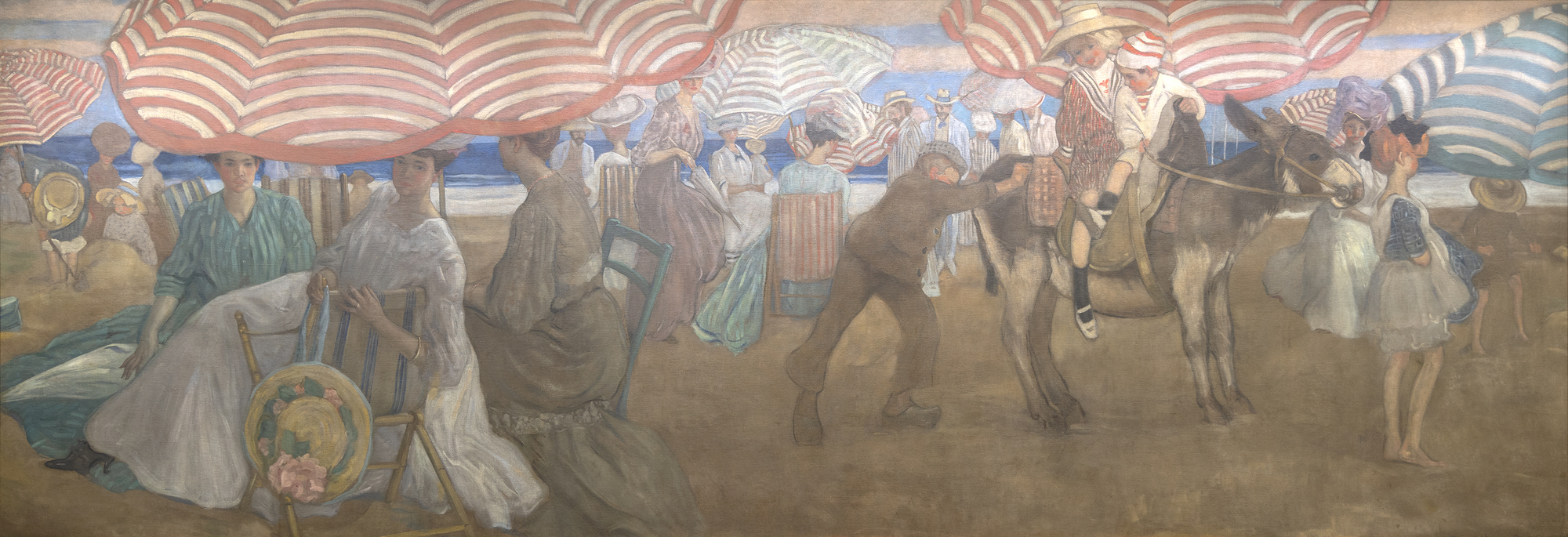
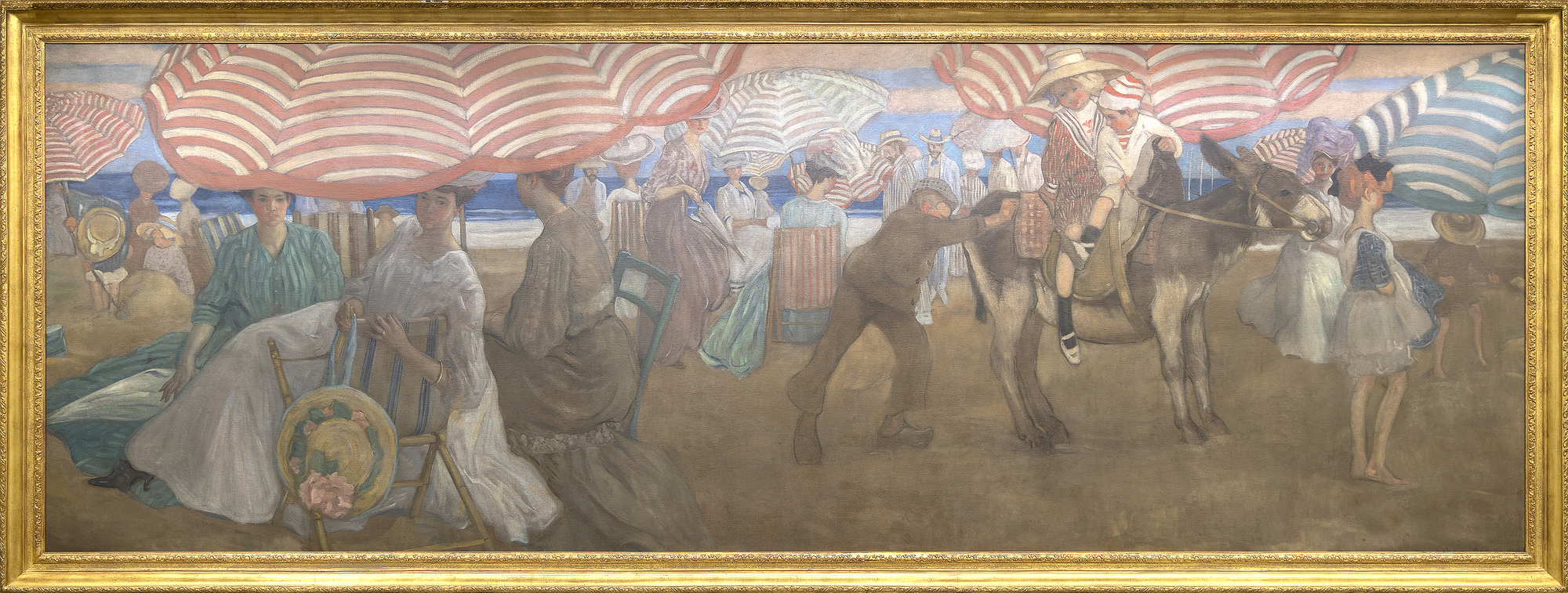
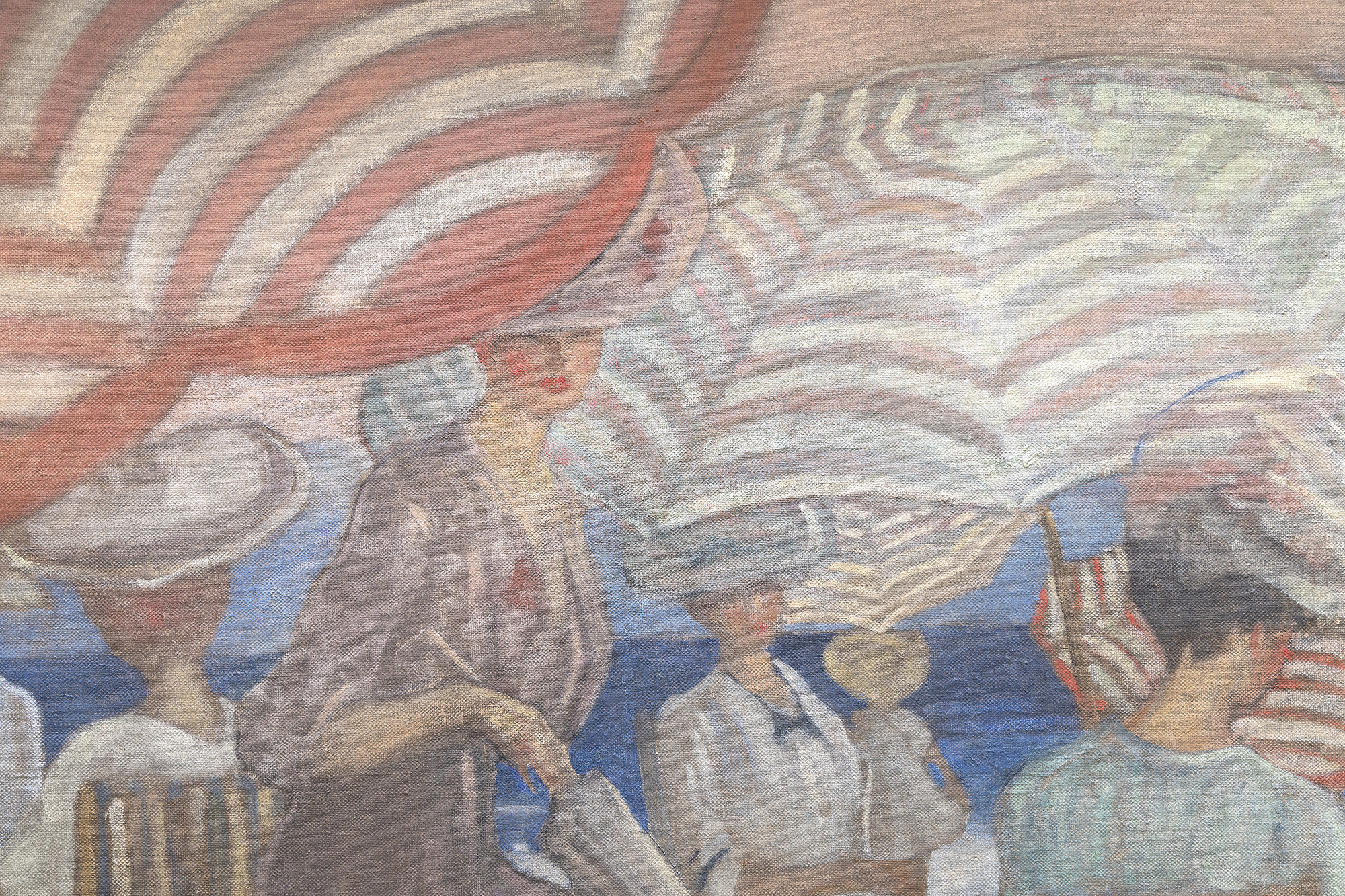
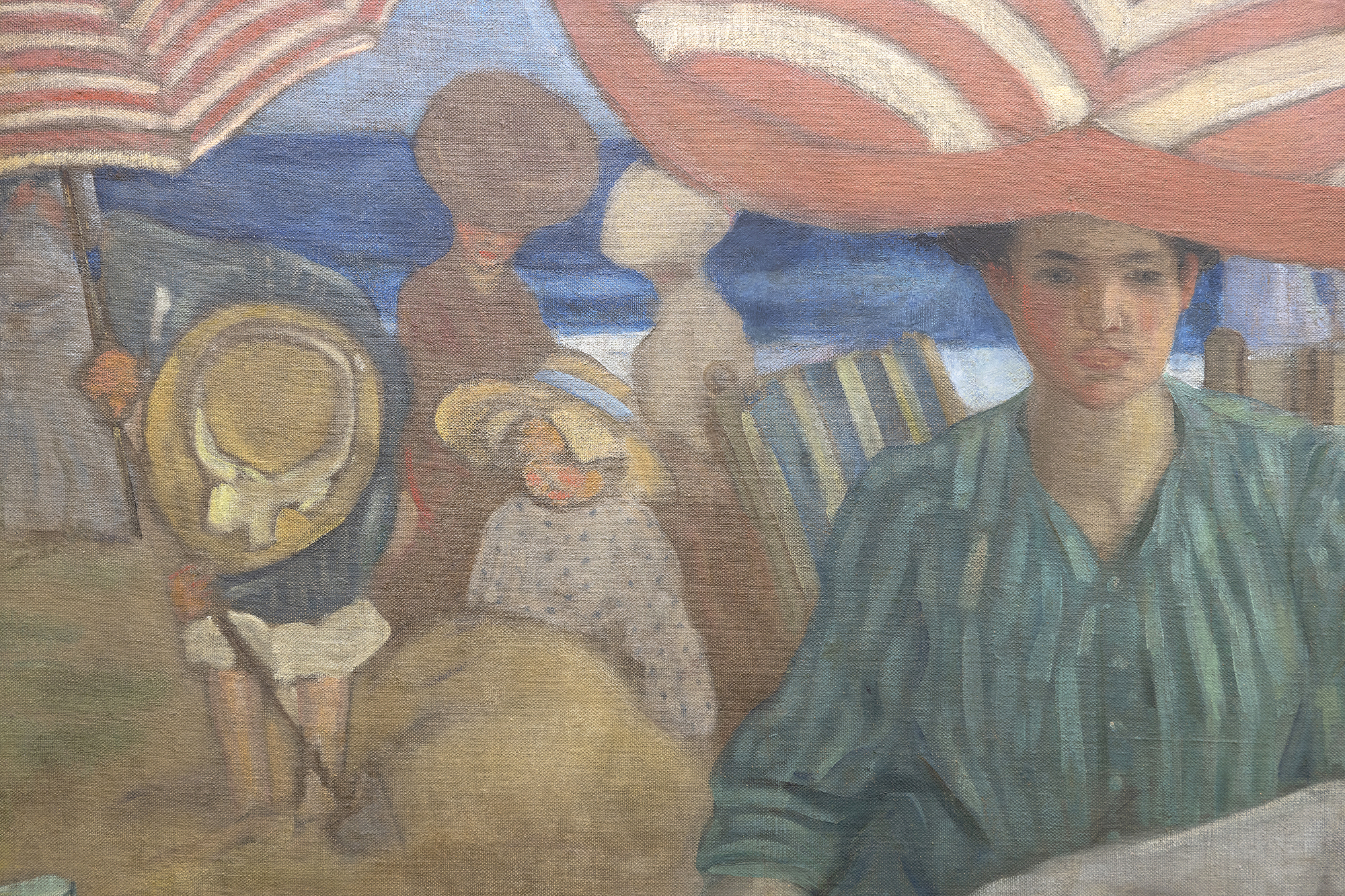
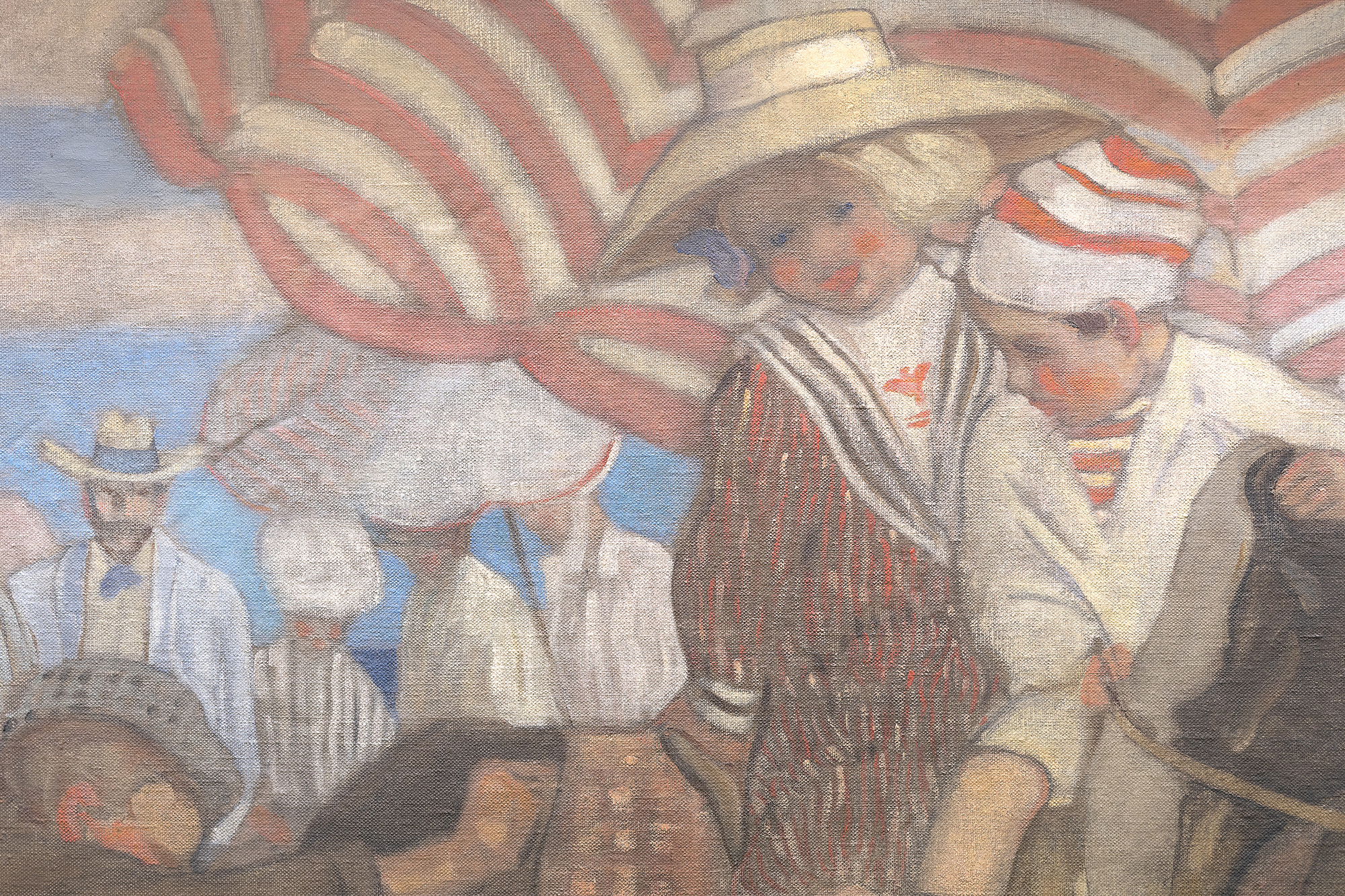
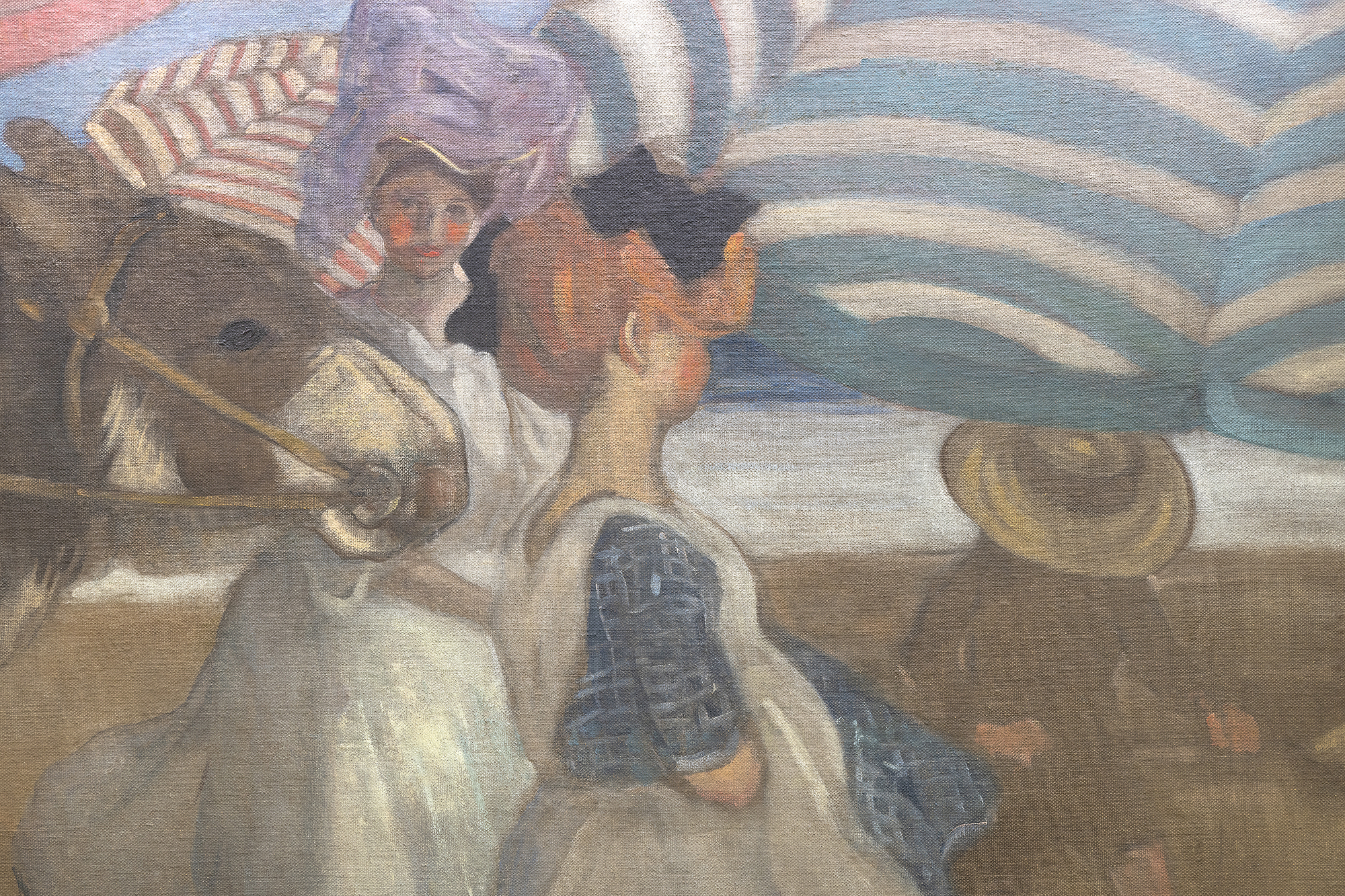
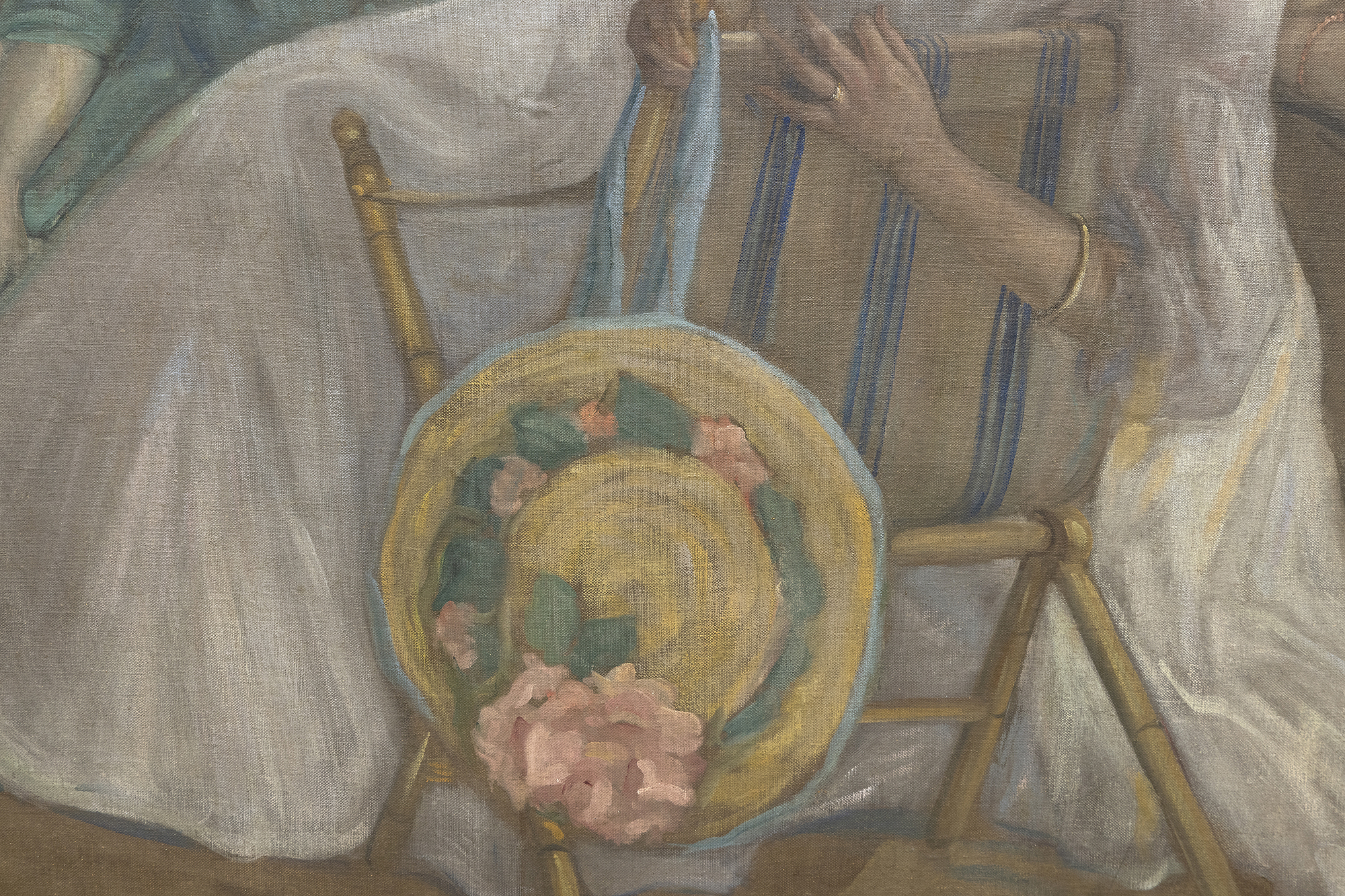
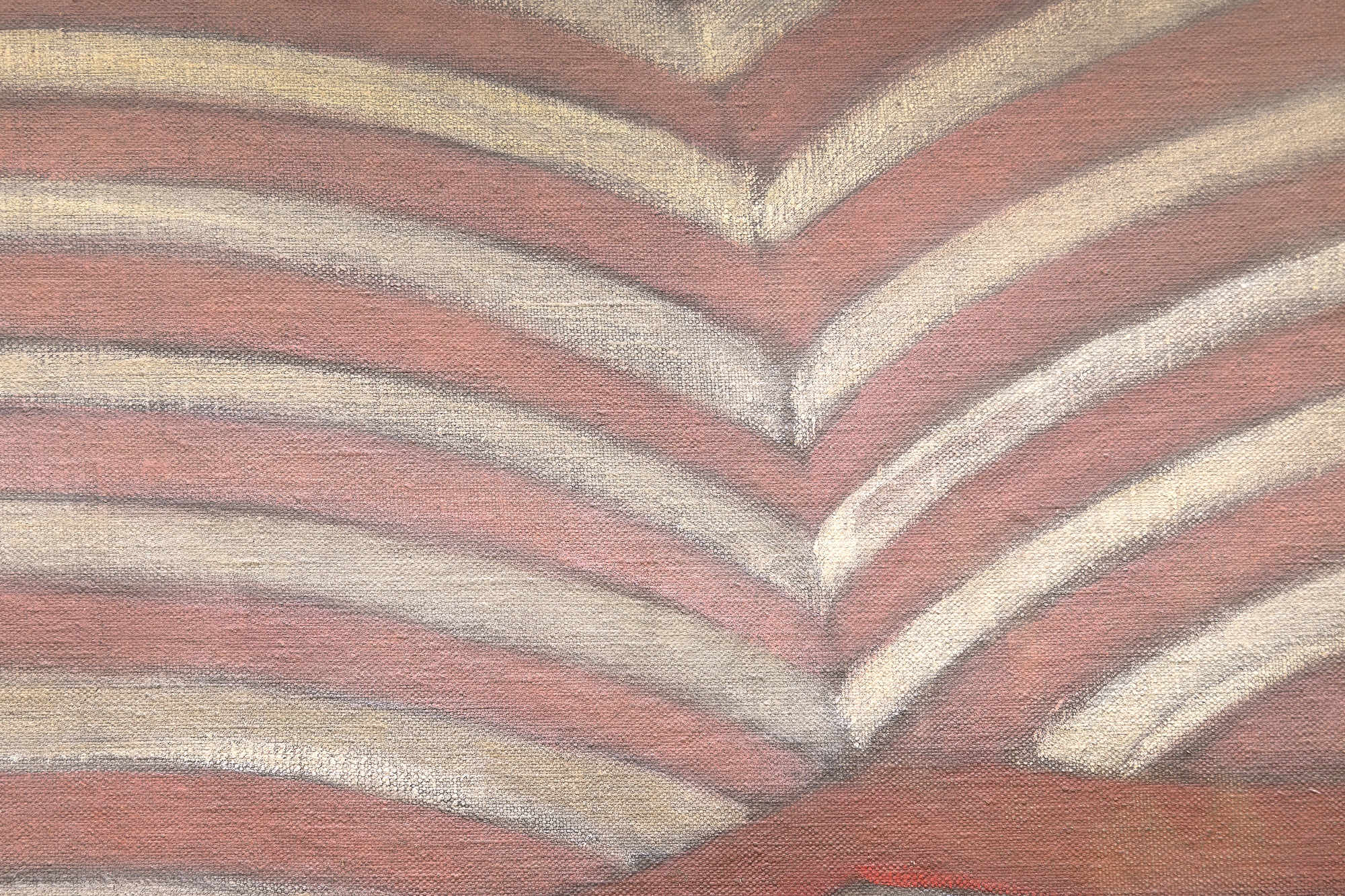
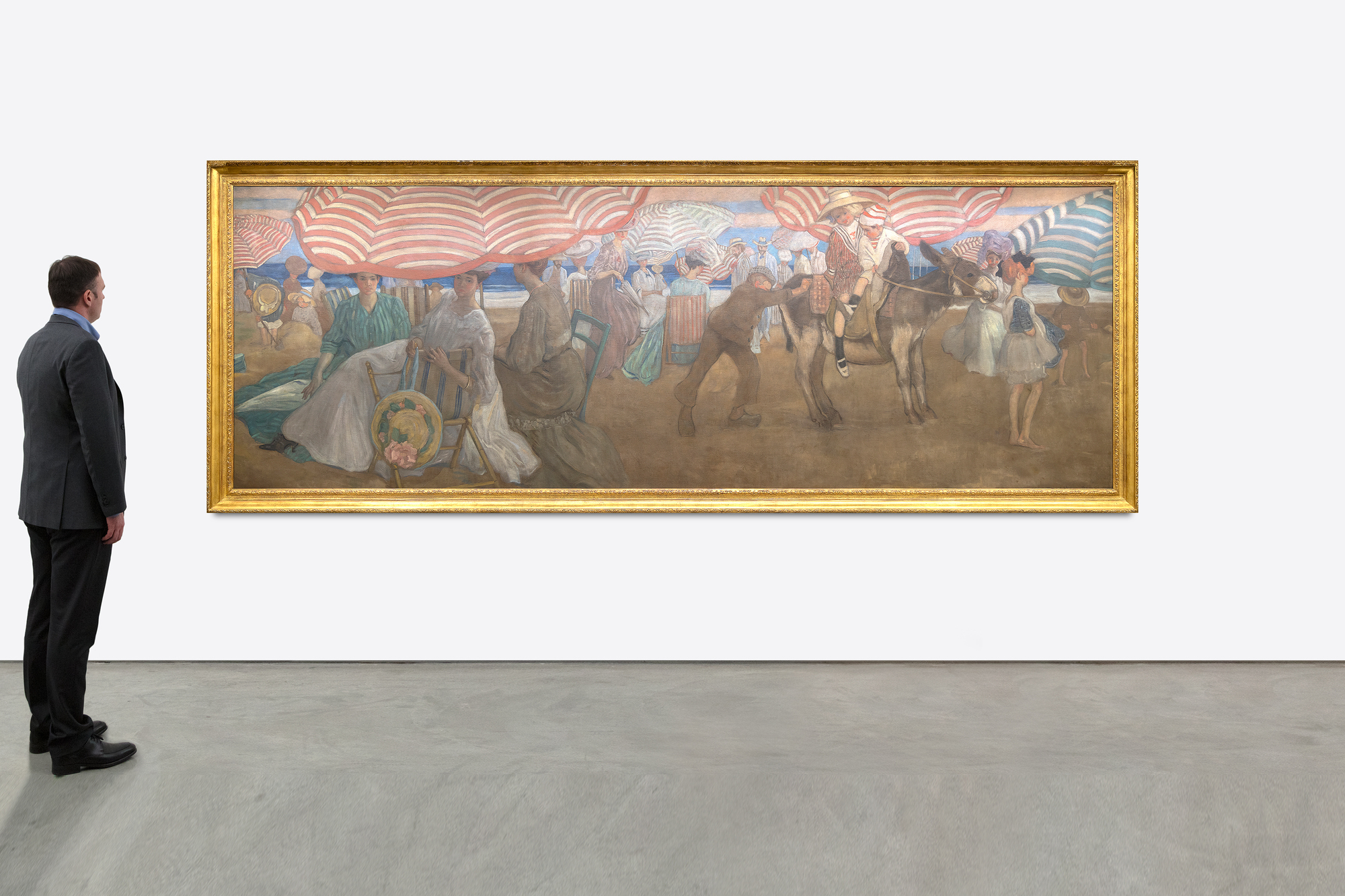

Provenienz
Im Auftrag von Rodman Wanamaker für das Hotel Shelburne in Atlantic City David David Gallery, PhiladelphiaPrivatsammlung, Kalifornien
Heather James Fine Art
Ausstellung
Telfair Museum Of Art, Savannah, Georgia, Frederick Carl Frieseke; The Evolution Of An American Impressionist, 2000/2001; Wanderausstellung in der Dixon Gallery & Gardens, Memphis, Tennessee, 2001; San Diego Museum Of Art, San Diego, California, 2001; Terra Museum Of Art, Chicago, Illinois, 2001Literaturhinweise
N. Kilmer, Frederick Carl Frieseke; The Evolution Of An American Impressionist, Princeton U...Mehr.....niversity Press, 2000, reproduziert S. 139. International Studio An Illustrated Magazine Of Fine And Applied Art, Volume Forty-Three, Comprising March, April, May & June 1911; Nummern 169 bis 172; "American Artists In Paris", Seiten 263-270. L'Art Decoratif, Revue Mensuelle D'Art Contemporain, 8me Annee, 2 Semestre, Juillet 1906-Dezember 1906; "La Decoration D'un Hotel Americain" Seite 195-200...WENIGER.....Geschichte
Frederick Frieseke wird oft als der beste amerikanische Maler des Impressionismus angesehen, der die Figur darstellt. Doch als er 1898 an der Académie Juilian studierte, waren einige der Nabis-Maler noch sehr präsent, und es waren die reichen, dekorativen Muster von Edouard Vuillard und Pierre Bonnard, die ihm als Vorlage für seinen frühen Erfolg dienten. Dieser Einfluss zeigt sich deutlich in der hemmungslosen Wiederholung der voluminösen, gefalteten, gestreiften Regenschirme von Afternoon at the Beach, einem Wandbild, das im opulenten Speisesaal des Hotel Shelburne mit Blick auf den Atlantic City Boardwalk installiert wurde. Die vereinheitlichende Wirkung dieses sich wiederholenden Elements verleiht der Szenerie ein wolkenartiges Loft innerhalb eines Farbschemas, das eher an Vuillard und den Reichtum einer Gobelin-Tapisserie erinnert als an den Effekt des Sonnenlichts und der gebrochenen Farbe, die seine bekannteren Gemälde aus den Jahren 1910 bis 1920 kennzeichnen.
Afternoon at the Beach wurde im Februar 1906 unter der Leitung des Künstlers installiert. Es blieb jahrzehntelang in dem protzigen Hotel zu sehen, das "Diamond Jim" James Buchanan Brady dazu verleitete, tausend Dollar pro Woche für einen ständigen Wohnsitz zu zahlen, und war eine unvergängliche Erinnerung für Scharen von gut betuchten Persönlichkeiten, Finanziers und Prominenten von Irving Berlin bis John Philip Sousa und Ethel Barrymore bis Al Jolson. Zweifellos trug die Präsenz des Bildes an der Wand des großen Speisesaals zur Popularität und Bekanntheit des Künstlers bei.
Heute können wir diese lange, friesartige Komposition als reizvolle Kostümstudie des Fin-de-Siècle oder als aufschlussreiche Darstellung der viktorianischen Sitten betrachten, wie sie durch die getrennten Sphären der Geschlechtergruppen angedeutet werden. Vor allem aber zeugt Afternoon at the Beach vonder ungezügelten Freude und Wertschätzung des Künstlers gegenüber Frauen, die hier im familiären, mütterlichen und sozialen Kontext zum Ausdruck kommen. Es ist das Thema, das Frieseke auf beiden Seiten des Atlantiks Beifall und Auszeichnungen einbrachte und das ihn bis heute zu den beliebtesten amerikanischen figurativen Malern macht.
Gemälde in Museumssammlungen
Das Kunstmuseum von North Carolina, Raleigh
Los Angeles County Museum für Kunst
El Museuo Nacional Thyssen-Bornemisza, Madrid
Das Museum der Schönen Künste, Houston
Das Metropolitan Museum of Art, New York
The Huntington, San Marino, Kalifornien
National Gallery of Art, Washington, D.C.
Das Kunstinstitut von Chicago
Bild-Galerie
Authentifizierung
Afternoon at the Beach ist auf Seite 139 des Katalogs von Linda McWhorter zur Ausstellung Frederick Carl Frieseke: The Evolution of an American Impressionist zu finden . Die Ausstellung und der dazugehörige Katalog wurden vom Telfair Museum of Art in Savannah, Georgia, herausgegeben. Der Katalog verweist auf die einzigartigen Ursprünge von Afternoon at the Beachals Wandgemälde für das historische Hotel Shelburne.
Fragen Sie
Das könnte Ihnen auch gefallen






































